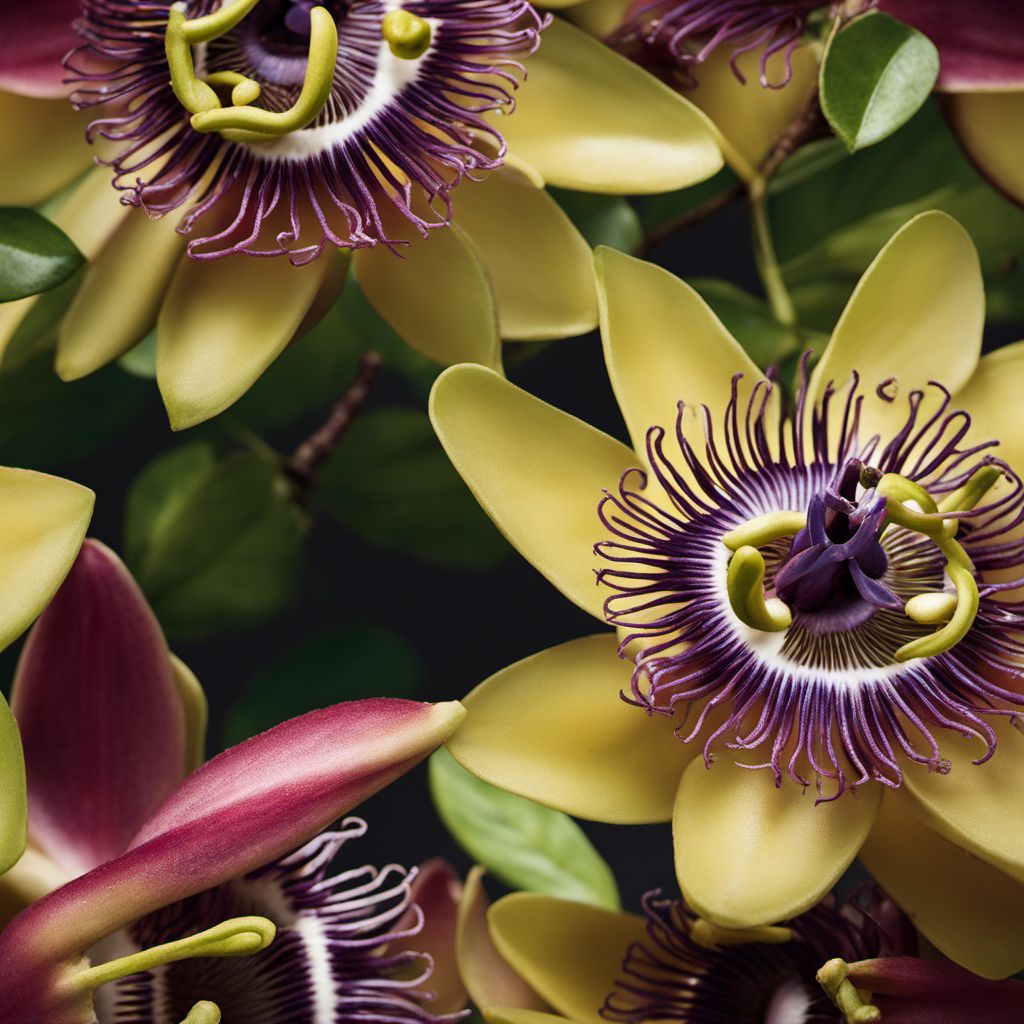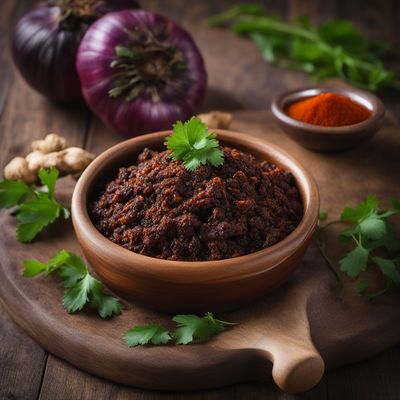
Ingredient
Granadillas
The Tropical Treasure: Granadillas
Granadillas are small, round fruits with a hard outer shell that encases a jelly-like pulp filled with edible seeds. The pulp is intensely aromatic and offers a unique combination of sweet and tangy flavors. Its vibrant orange color and refreshing texture make it a versatile ingredient for both sweet and savory applications.
Origins and history
Granadillas are native to South America, particularly Brazil and Paraguay, where they have been cultivated for centuries. They were later introduced to other tropical regions around the world, including Africa, Australia, and Southeast Asia. In many cultures, Granadillas hold symbolic meaning and are associated with passion, love, and fertility.
Nutritional information
Granadillas are a rich source of vitamins A and C, as well as dietary fiber. They are low in calories and fat, making them a healthy choice for those looking to add a burst of flavor to their diet. Additionally, they contain antioxidants that help protect the body against free radicals.
Allergens
Granadillas are not known to be allergenic, making them a safe choice for most individuals. However, as with any new food, it is recommended to consume them in moderation and observe any potential adverse reactions.
How to select
When selecting Granadillas, look for fruits that are heavy for their size and have a smooth, unblemished skin. Avoid fruits with wrinkled or discolored skin, as they may indicate overripeness or spoilage. The skin should be firm but yield slightly to gentle pressure when squeezed.
Storage recommendations
To maintain the freshness of Granadillas, store them in a cool, dry place away from direct sunlight. They can be kept at room temperature for a few days or refrigerated for up to two weeks. It is best to consume them as soon as possible after ripening for optimal flavor and texture.
How to produce
Granadillas can be grown in tropical or subtropical regions with warm temperatures and well-drained soil. They require a sunny location and regular watering to thrive. Consult with local gardening experts or agricultural extension offices for specific cultivation guidelines based on your region.
Preparation tips
To enjoy Granadillas, simply cut the fruit in half and scoop out the pulp with a spoon. The pulp can be eaten as is or used as a topping for desserts, yogurt, or ice cream. It can also be strained to extract the juice, which can be used in beverages, cocktails, or as a flavoring for sauces and dressings.
Culinary uses
Granadillas are commonly used in desserts such as fruit salads, mousses, tarts, or sorbets. They are also popular in beverages like juices, smoothies, or cocktails. In savory dishes, the tangy pulp can be used as a topping for salads, grilled meats, or seafood.
Availability
Granadillas are widely cultivated in tropical regions around the world, including South America, Africa, Australia, and Southeast Asia. They are commonly found in local markets or grocery stores in these areas. Additionally, they can be sourced from specialty stores or online retailers that offer a wide range of exotic fruits.



